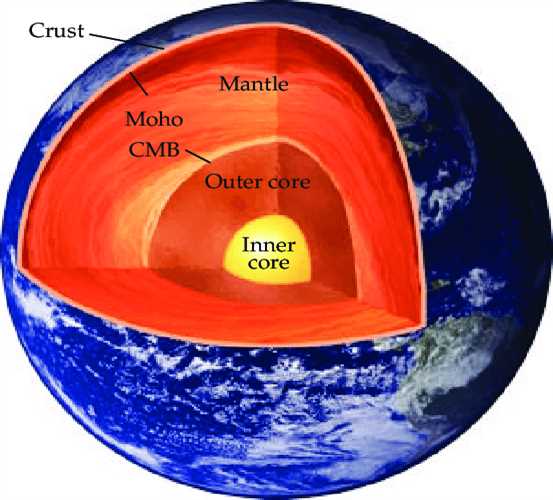Earth's Internal Structure: A Dynamic System
The Earth is not just a static sphere but a dynamic system that is constantly changing over time. This change is driven by processes within the Earth's internal structure, including movements of tectonic plates, volcanic activity, and the cooling and solidification of the planet's core. Understanding how the Earth's internal structure changes over time is essential for understanding its history and predicting future events such as earthquakes and volcanic eruptions.
Subduction Zones
One of the key ways that the Earth's internal structure is being changed year by year is through the movement of tectonic plates. At subduction zones, where two plates collide, and one is forced beneath the other, the denser plate is slowly drawn into the mantle. This process not only changes the shape and position of the Earth's crust but also releases heat and pressure that can lead to volcanic activity.
Volcanic Eruptions
Volcanic eruptions can also have a profound impact on the Earth's internal structure. When magma rises from the mantle and erupts onto the Earth's surface, it can release large amounts of ash and gases into the atmosphere. These materials can cause changes in the Earth's climate, alter soil chemistry, and even influence ocean currents.
In addition to these effects, volcanic eruptions can also add new material to the Earth's surface, changing its composition and shape over time. This can create new land masses, shape existing land masses, and form large underground magma chambers.

Cooling of the Core
The Earth's core is also undergoing changes as it slowly cools and solidifies over time. This process has a significant impact on the Earth's magnetic field, which protects the planet from harmful solar and cosmic radiation. As the core solidifies, it becomes less fluid, which can cause changes in the Earth's magnetic field and potentially even lead to its reversal.
The Earth's internal structure is also being affected by processes such as mantle convection, which drives the movement of heat and material within the mantle. These processes are complex and poorly understood, but they play a key role in shaping the planet over time.
Conclusion
The Earth's internal structure is a dynamic system that is constantly changing over time. These changes are driven by processes such as the movement of tectonic plates, volcanic activity, and the cooling and solidification of the core. Understanding how the Earth's internal structure changes is essential for predicting future events and understanding the planet's history. It is important for us to continue studying the Earth's internal structure to gain a deeper understanding of this complex and dynamic system.